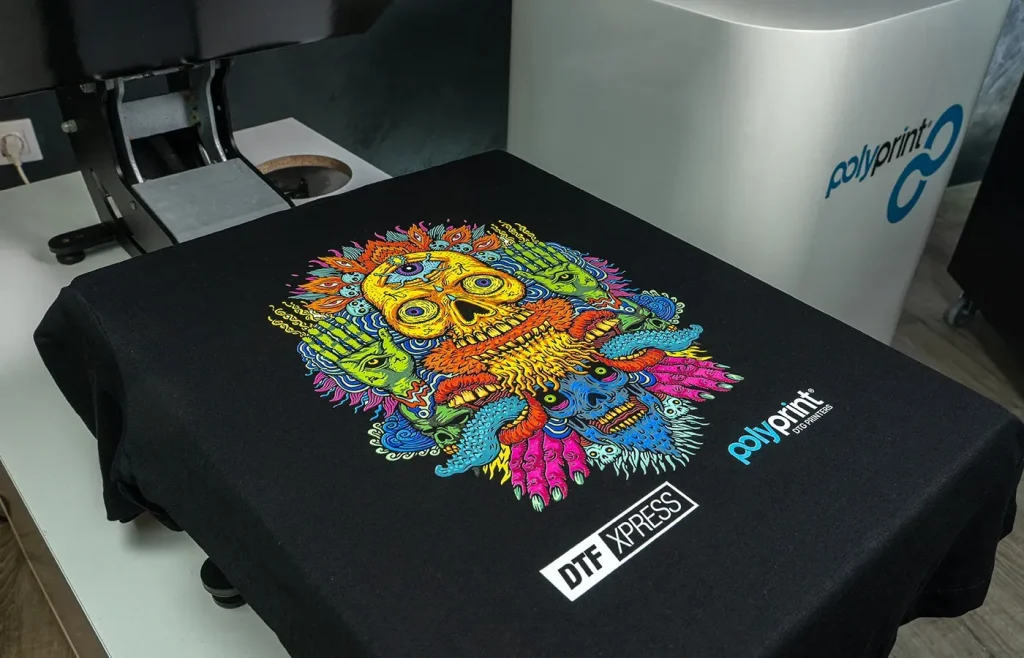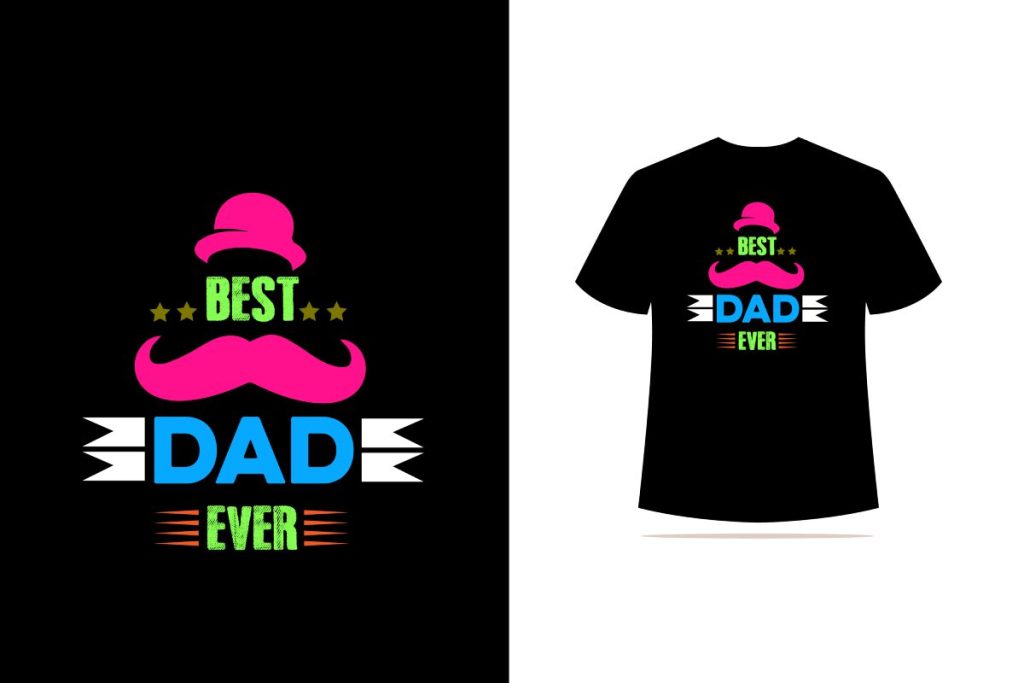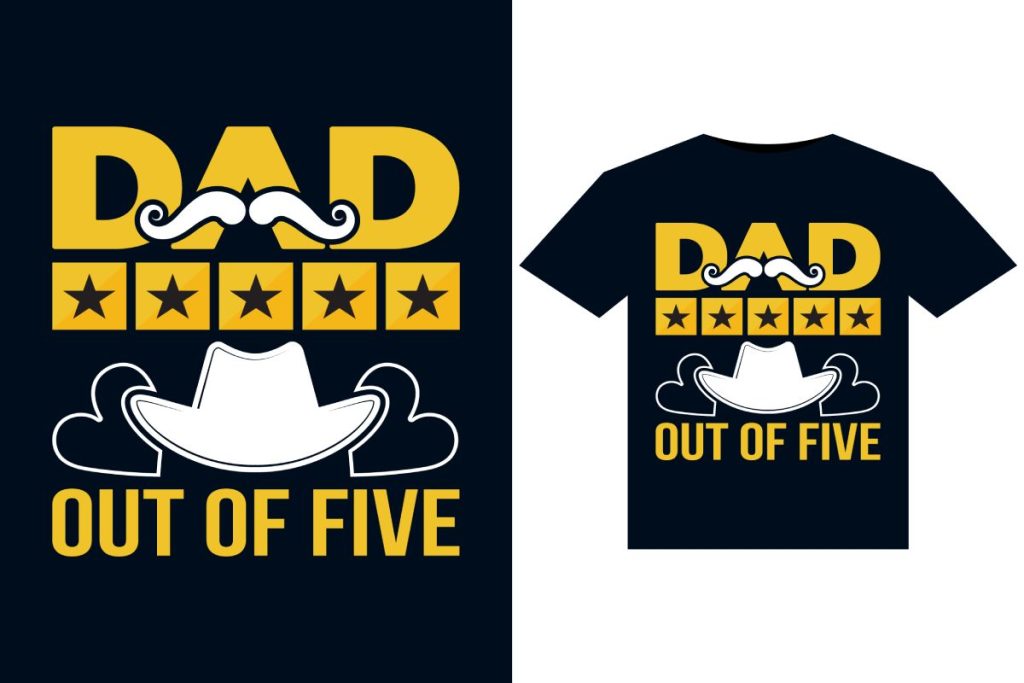DTF printing, or Direct to Film printing, is revolutionizing the landscape of custom garment printing with its innovative approach and remarkable efficiency. This cutting-edge technique allows for vibrant, high-quality designs to be printed directly onto a film before being transferred onto various fabrics through heat application. As businesses and creative professionals discover the advantages of DTF printing, such as its versatility and durability, they can harness its potential to deliver exceptional textile products. By understanding how DTF printing works, users can make informed decisions about their printing needs, resulting in faster turnarounds and cost savings. This guide will explore DTF printing benefits, techniques, and its growing significance in the world of custom apparel.
Also known as Direct to Film technology, DTF printing has emerged as a powerful contender in the realm of textile decoration and personalized apparel. By employing advanced printing techniques, this method enables the application of intricate designs on a range of materials with impressive vibrancy and resilience. The growing popularity surrounding DTF printing highlights its various benefits, which cater to the demands of both small businesses and large-scale operations. As we delve deeper into the advantages and operational methods associated with DTF printing, it becomes evident why it is becoming a top choice among enthusiasts and professionals alike in the custom clothing sector.
What is DTF Printing and How Does it Work?
Direct to Film (DTF) printing is a revolutionary method that combines the precision of digital printing with the versatility of heat transfer. The process begins with printing a design onto a special film using DTF inks, which are formulated to adhere well to both the film and the target fabric. This means that the applications of DTF printing extend beyond conventional textiles, allowing for a wide array of materials to be printed on. The beauty of DTF printing lies in its ability to produce vivid and detailed designs quickly, making it a preferred choice for custom garment printing.
Once the image is printed onto the PET film, it undergoes a process that enhances its adhesion capabilities. An adhesive powder is sprinkled over the wet ink and cured using heat. This adhesive sticks only to the printed areas, ensuring that when the film is pressed onto the fabric, the design transfers seamlessly without the need for any complicated setups. The application of heat not only transfers the design but also makes it durable, ensuring it withstands washing and everyday wear.
Exploring the Advantages of DTF Printing
The advantages of DTF printing are manifold, making it stand out in the highly competitive field of custom apparel production. One of the most notable benefits is its ability to produce high-quality prints on various materials, ranging from cotton to polyester and even leather. This versatility allows businesses to offer an extensive range of products, catering to different customer preferences and needs. Additionally, the vibrant colors achievable through DTF technology make it ideal for intricate designs, allowing brands to express their creativity without compromising on quality.
Another significant advantage of DTF printing is its cost-effectiveness, particularly for short runs of custom designs. This printing technique eliminates the need for expensive screens and long setup times, which are typical in traditional methods like screen printing. As a result, businesses can print on demand and benefit from lower overall production costs. This feature not only allows for flexibility but also scalability, enabling businesses to adapt quickly to market demands and changing fashion trends.
Lastly, durability is a hallmark of DTF printing. Prints produced using this method are known for their resistance to fading, cracking, and peeling, ensuring that the garments maintain their aesthetic appeal even after multiple wash cycles. This feature reassures consumers that they are receiving a high-quality product that will stand the test of time, thus fostering brand loyalty in a highly competitive market.
DTF Printing Techniques You Should Know
Understanding DTF printing techniques can significantly enhance your ability to create stunning and high-quality garments. The process begins with film printing, where your design is printed onto a PET film using specialized DTF inks that are water-based and environmentally friendly. This initial step is crucial, as the quality of the ink and the precision of the printing will determine the outcome of your final product. The versatility of DTF inks allows for vibrant colors and smooth gradients, even in complex designs.
After the design is printed, the next technique involves applying adhesive powder to the wet ink. This adhesive is what makes DTF printing particularly unique, as it binds the ink to the fabric when heated. The curing process, where the powdered adhesive is set using heat or an oven, is vital. This step ensures that the adhesive only sticks where needed and guarantees a strong bond when the transfer occurs. Lastly, the heat transfer stage uses a heat press to apply pressure and heat, ensuring that the design is permanently affixed to the fabric, yielding a soft hand feel that consumers will appreciate.
Market Trends in DTF Printing for 2025
As we look towards 2025, the landscape of DTF printing is evolving rapidly, influenced by advancements in technology and changing consumer demands. A growing trend is the increased focus on sustainability, where manufacturers and brands are seeking eco-friendly materials and inks for DTF printing. As consumers become more environmentally conscious, businesses that adopt sustainable practices in their DTF printing processes will likely gain competitive advantages in the marketplace.
Additionally, the personalization trend is here to stay, with more consumers seeking unique and custom products. DTF printing’s efficiency in producing individualized designs makes it a perfect fit for this market shift. Businesses that can leverage DTF technology to offer personalized items, from custom apparel to unique promotional products, are poised for growth. Therefore, staying informed about market trends and technological advancements will be vital for businesses looking to succeed in the DTF printing sector.
The Future of DTF Printing: Innovations and Possibilities
The future of DTF printing is bright, with ongoing innovations poised to transform the industry. Advances in printer technology and ink formulations are continually improving print quality, speed, and durability. As manufacturers develop more sophisticated inks that are resistant to environmental impacts and enhance color vibrancy, we can expect DTF printing to push the boundaries of design capabilities further.
Moreover, the integration of automated systems and smart technology in printing will streamline the DTF process, allowing for faster production times and reduced labor costs. As these innovations unfold, businesses can expect more efficiency and higher profit margins, making DTF printing an increasingly attractive option. Embracing these advancements will ensure that companies remain competitive and responsive to ever-evolving consumer demands in the custom garment printing landscape.
Frequently Asked Questions
What are the advantages of DTF printing for custom garment printing?
DTF printing offers numerous advantages for custom garment printing, including versatility across various fabric types such as cotton and polyester, vibrant color output that enhances design detail, durability against wear and washing, cost-effectiveness by minimizing setup costs and allowing for on-demand printing, and easier setup processes compared to traditional screen printing.
How does DTF printing work and what are its essential techniques?
DTF printing works by first printing designs onto a special PET film using unique DTF inks. The printed film is then sprinkled with a powder adhesive, which is cured in an oven. Finally, the film is heat pressed onto the fabric, which bonds the design permanently. This process ensures high-quality prints that are vibrant and durable.
What are the main benefits of using DTF printing over traditional printing methods?
The main benefits of DTF printing include lower setup costs, faster production times, and the ability to produce small runs of custom designs without the need for extensive preparation. Additionally, DTF prints are durable and maintain vibrancy over time, making them a great option for custom apparel.
Can DTF printing be used on different types of fabrics?
Yes, DTF printing is extremely versatile and can be used on a wide range of fabrics including cotton, polyester, blends, and even leather. This makes it ideal for a variety of custom apparel items, such as t-shirts, hoodies, and bags.
What makes DTF printing a cost-effective solution for custom printing needs?
DTF printing is cost-effective due to its ability to produce on-demand prints without the need for multiple screens for different colors. This method reduces waste and allows businesses to handle small orders economically, ultimately leading to higher profit margins for custom prints.
Why is DTF printing considered a durable option for activewear?
DTF printing is considered durable because it produces prints that show excellent resistance to washing and daily wear. The technology ensures that designs remain intact with minimal fading or wear, making it highly suitable for activewear that undergoes frequent use and laundering.
| Key Point | Explanation |
|---|---|
| What is DTF Printing? | A method where designs are printed on a film and heat pressed onto fabrics. |
| Advantages of DTF Printing | Versatile printing on various materials with vibrant colors and great durability. |
| 1. Versatility | Can print on cotton, polyester, blends, and leather. |
| 2. Vibrant Colors | High-quality inks allow for extraordinary detail and vibrant prints. |
| 3. Durability | Resistant to washing, wear, and fading for long-lasting designs. |
| 4. Cost-Effective | Lower costs and higher profit margins for small runs and custom designs. |
| 5. Easier Setup | Quick and efficient compared to traditional printing methods. |
| Techniques in DTF Printing | A three-step process involving film printing, adhesive application, and heat transfer. |
| Market Trends and Future Directions | DTF is gaining traction with advancements that improve efficiency and sustainability. |
Summary
DTF printing is revolutionizing the custom apparel industry by offering an innovative and efficient method for creating high-quality prints. Its key advantages, including versatility in material compatibility, stunning color reproduction, and long-lasting durability, make it a preferred choice for many businesses and apparel enthusiasts. As the demand for personalized and custom designs grows, the efficiency and cost-effectiveness of DTF printing stand out as beneficial factors for businesses looking to capitalize on this trend. Keeping up with advancements in DTF technology will ensure that your printing capabilities continue to thrive in a competitive market.



